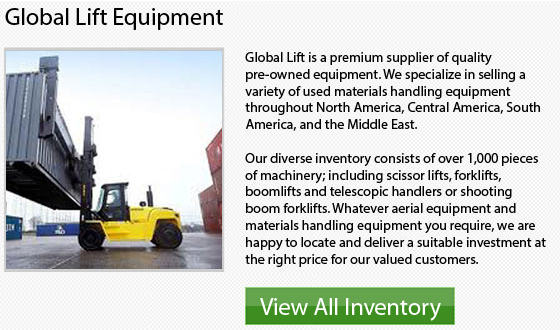
At Hyster, we recognize that each application requirement and work environment can be different. We have customers in a huge range of businesses which motivates us to offer a very diverse variety of materials handling product solutions. No matter what the environmental conditions are or what your industry is we have a machinery to suit all your requirements and get jobs completed efficiently. We have established trusting relationships between promotion, service and manufacturing groups so that we could assure you that every equipment is manufactured to the highest quality standards and that you would be given the continuous support you need when you have a Hyster machinery on your work place.
Every machinery which Hyster sells goes through a nine stage development procedure from initial concept and design to the production and selling of the equipment. Each and every stage of the development process has been established to ensure product quality over the lifetime of the machine. Hyster testing centers are able to simulate the life cycle of a lift truck in order to make sure that the product lasts and that it performs as intended.
To begin with, Hyster performs a lot of research regarding client requirements in order to be certain that we know what all our clients truly want. This research is then applied to product design. Designs are built utilizing cutting edge computer aided design techniques which help to reduce the risk of weak points and make sure that positioning of each part is optimal for both service needs and performance. Prototypes are then built in cooperation with specialists and professionals in ergonomics and compartment design. Every prototype and component is put through thorough life cycle testing to pick up on and correct any problems which can reduce the life of a component or a machinery to a less than optimal level. When a machinery comes out of the testing stage of development, we want to be sure that it would function to a high standard. Testing in real life settings is also performed so that we could gather more data on the machine's performance and be confident that it will meet the standards needed to get the job done.